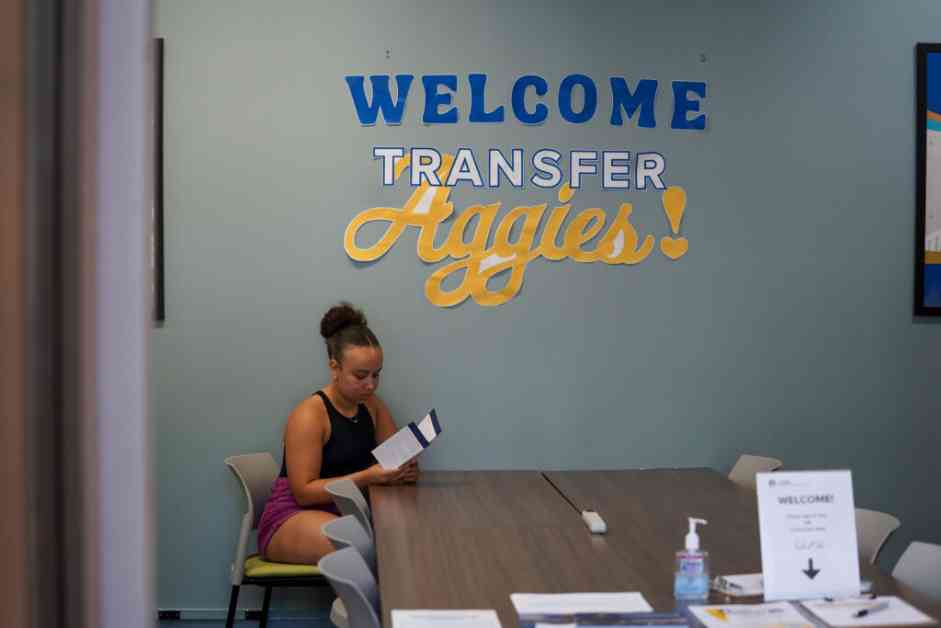Challenges in the Transfer System
California’s public college systems are facing a significant challenge when it comes to students successfully transferring from community colleges to four-year universities. According to a recent report by the California State Auditor, only about 1 in 5 students who entered community college between 2017 and 2019 and intended to transfer did so within four years. This low transfer rate is particularly concerning for Black and Latino students, as well as for students from certain regions of the state, such as the Central Valley.
One of the main issues identified by the audit is the complexity of the transfer system in California. With variations in transfer requirements across the University of California (UC) and California State University (CSU) systems, students often struggle to navigate the process. For example, the auditor reviewed potential four-year campuses where a community college student studying computer science could transfer and found significant differences in course requirements. This lack of consistency makes it challenging for students to meet transfer criteria and delays their progress towards a bachelor’s degree.
Recommendations for Streamlining Transfer
To address the challenges faced by transfer-intending students, the audit report offers several recommendations to improve the transfer process. One key recommendation is for UC and CSU to work collaboratively with the community college system to streamline transfer requirements. The report suggests that UC should consider adopting the associate degree for transfer (ADT) model that is already in place at CSU. By aligning transfer requirements and sharing more data between the systems, students can have a smoother transition from community college to a four-year university.
Additionally, lawmakers are encouraged to consider providing funding to the colleges to align requirements and make the ADT more widely accepted across the state. This financial support can help institutions implement changes that facilitate the transfer process for students. The community colleges and the four-year systems are also urged to analyze why certain campuses do not offer the ADT for some majors and determine ways to improve access to this transfer pathway.
Efforts to Improve Data Sharing
Another important aspect of streamlining the transfer process is better data-sharing between the three public college systems in California. The audit recommends that the community college system share data with UC and CSU about students who intend to transfer, allowing for more tailored guidance and support. Similarly, UC and CSU could share more data with community colleges about successfully transferred students, enabling better evaluation of transfer efforts and identifying effective strategies.
Sonya Christian, the chancellor of the community college system, expressed willingness to work with UC, CSU, and lawmakers to implement the report’s recommendations. However, she highlighted challenges with data-sharing due to the decentralized nature of the system. Improving data collection and sharing processes is crucial for accelerating transfer rates and providing students with the support they need to succeed in their academic pursuits.
In conclusion, enhancing collaboration among UC, CSU, and community colleges is essential for boosting transfer rates and ensuring that all students have access to higher education opportunities. By streamlining transfer requirements, improving data-sharing practices, and providing adequate funding, California’s public college systems can create a more seamless pathway for students transitioning from community colleges to four-year universities. Through collective efforts and a commitment to student success, the state can overcome the challenges in the transfer system and help more students achieve their academic goals.
